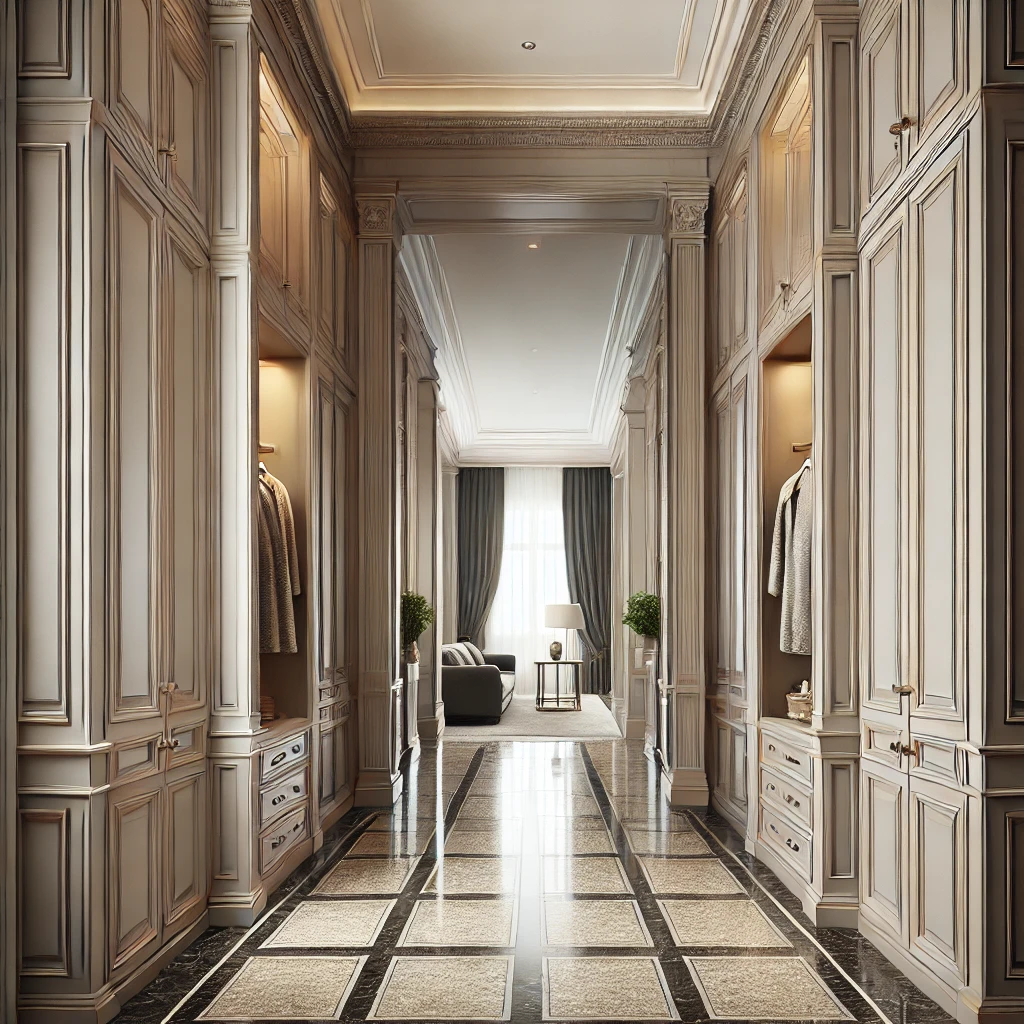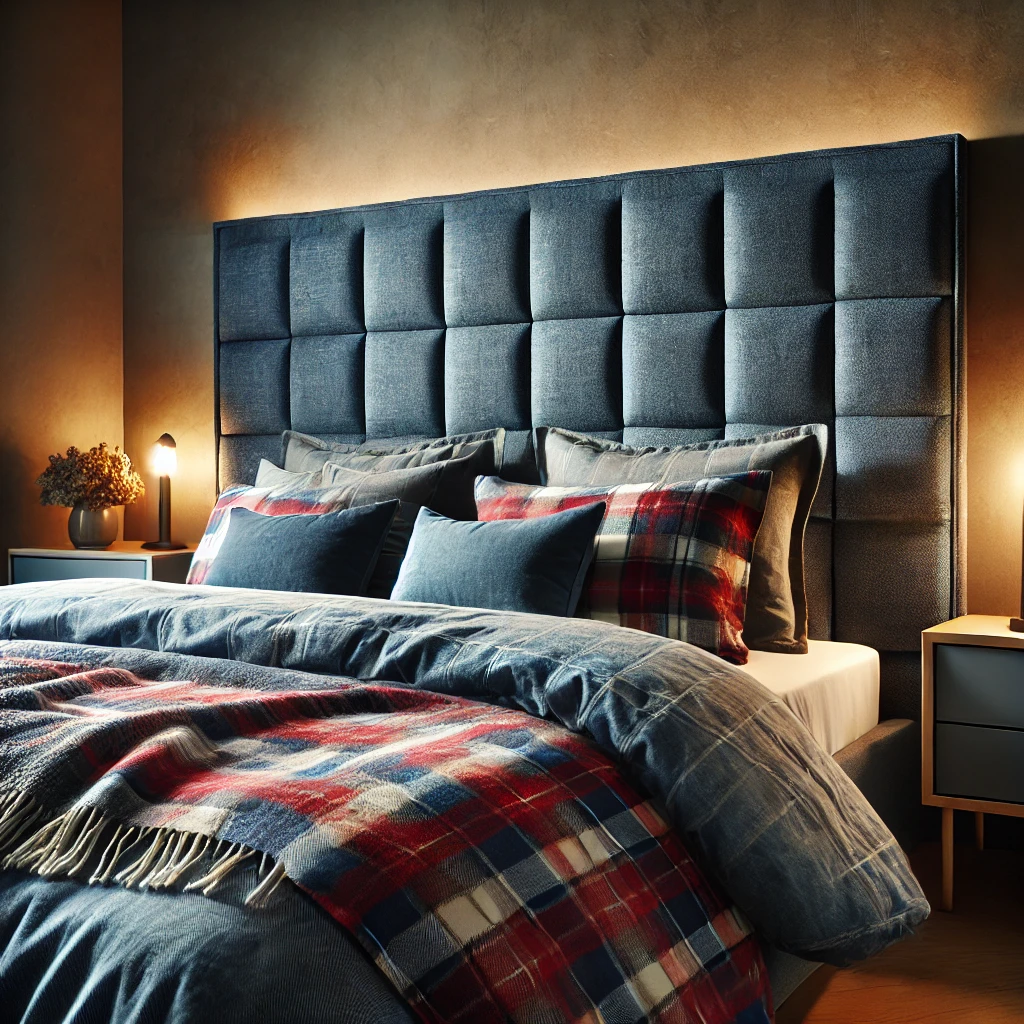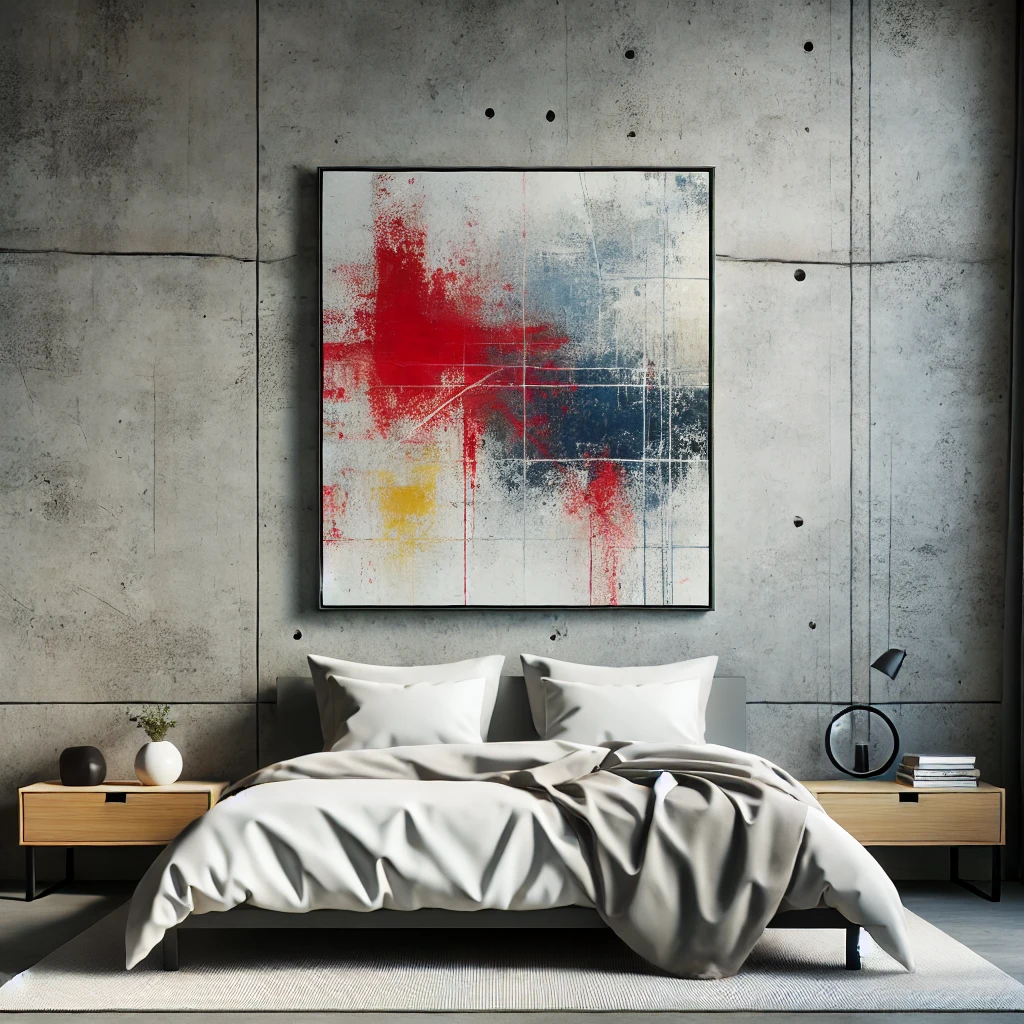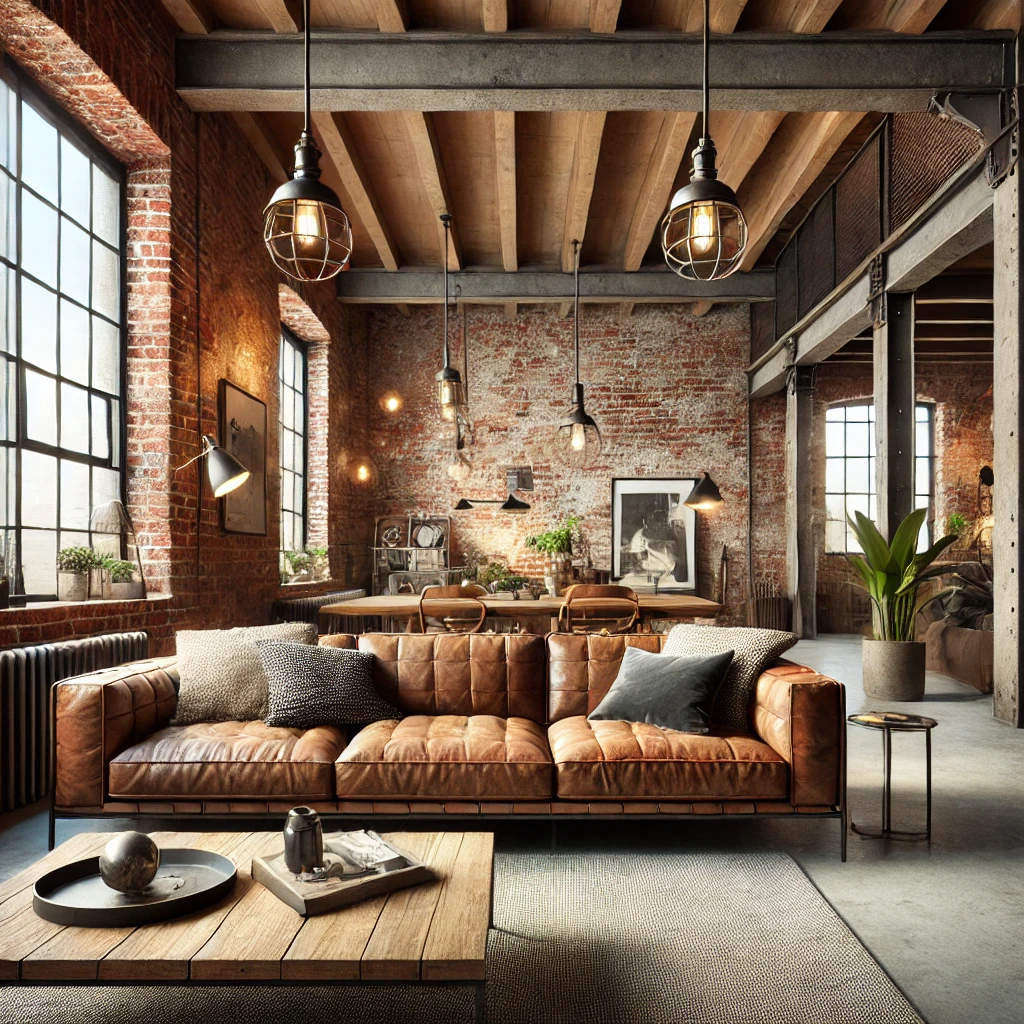Page 5 - Blog
-
- May 06, 2025 - 6 min read
While both limewash paint and traditional paint can change the color of walls, the difference in their composition and resulting effects is significant. ZUBRA Limewash Paint is made from renewable raw materials such as clay, minerals, and authentic natural pigments. It is produced through an entirely natural process, offering benefits and final results that differ greatly from traditional paints.
-
- May 06, 2025 - 4 min read
The ZUBRA Primer is an essential step in preparing various materials and surfaces for limewash paint. Its application ensures optimal adhesion, even coverage, and durability of the final paint effect.
-
- May 06, 2025 - 4 min read
Choosing the ideal color of limewash paint requires considering several factors. One of the most significant is the impact of light on color perception. Limewash paint, with its light-reflecting properties, appears differently than traditional paints, adding unique character and depth. Differences in color perception can be particularly noticeable depending on the lighting, making the color look different in person than on a computer screen or in a catalog.
-
- May 06, 2025 - 8 min read
ZUBRA limewash paint offers wide application possibilities, not only on traditional plasters or walls but also on various wooden surfaces. Thanks to its unique formula, this natural paint can be applied directly to many types of wood, creating both opaque finishes and subtle washed effects that expose the natural wood grain. Here are some tips on how to use limewash paint on wooden surfaces.
-
- May 06, 2025 - 3 min read
Deciding whether to hire a professional painter or tackle limewash painting yourself depends on several key factors. These include your painting experience, the complexity of the project, available time, and personal preferences. Below, we delve into the advantages of both options to help you make an informed decision.
-
- May 06, 2025 - 3 min read
ZUBRA Limewash paints are an excellent choice for various masonry surfaces, including plasters, bricks, and clay-straw bricks, due to their ability to penetrate the material and create a breathable yet protective coating. They are suitable not only for new surfaces but also for previously painted walls, gypsum board, or plaster.
-
- May 06, 2025 - 5 min read
Visit our Color Inspiration Center to utilize the advanced filtering system, which allows you to explore and select shades according to your preferred palette, such as neutral tones. This helps you make an initial selection and add them to your favorites list.
-
- May 06, 2025 - 8 min read
Limewash ZUBRA paint offers a wide range of applications, not only on traditional plasters or walls but also on various wooden surfaces. Thanks to its unique formula, this natural paint can be applied directly to many types of wood, creating both opaque finishes and subtle wash effects that highlight the natural grain of the wood. Here are some tips on how to use limewash paint on wooden surfaces:
-
- May 05, 2025 - 3 min read
Limewash paint, with its rich history and unique aesthetic, has gained popularity in recent years. This natural and breathable coating offers a distinctive look that complements various design styles. In 2024, limewash remains a sought-after choice for those looking to create an atmosphere of rustic elegance or a touch of old-world charm in their homes.
-
- May 05, 2025 - 3 min read
When it comes to decorating our homes, paint is a word we are all familiar with. It is the go-to product for adding color and life to our walls. However, there is another material that has gained popularity in recent years: limewash. But what is limewash? Is it a type of paint? And if so, how does it differ from the standard wall paints we are used to? Let’s explore these questions and uncover the unique qualities that set limewash apart from its traditional counterparts.




